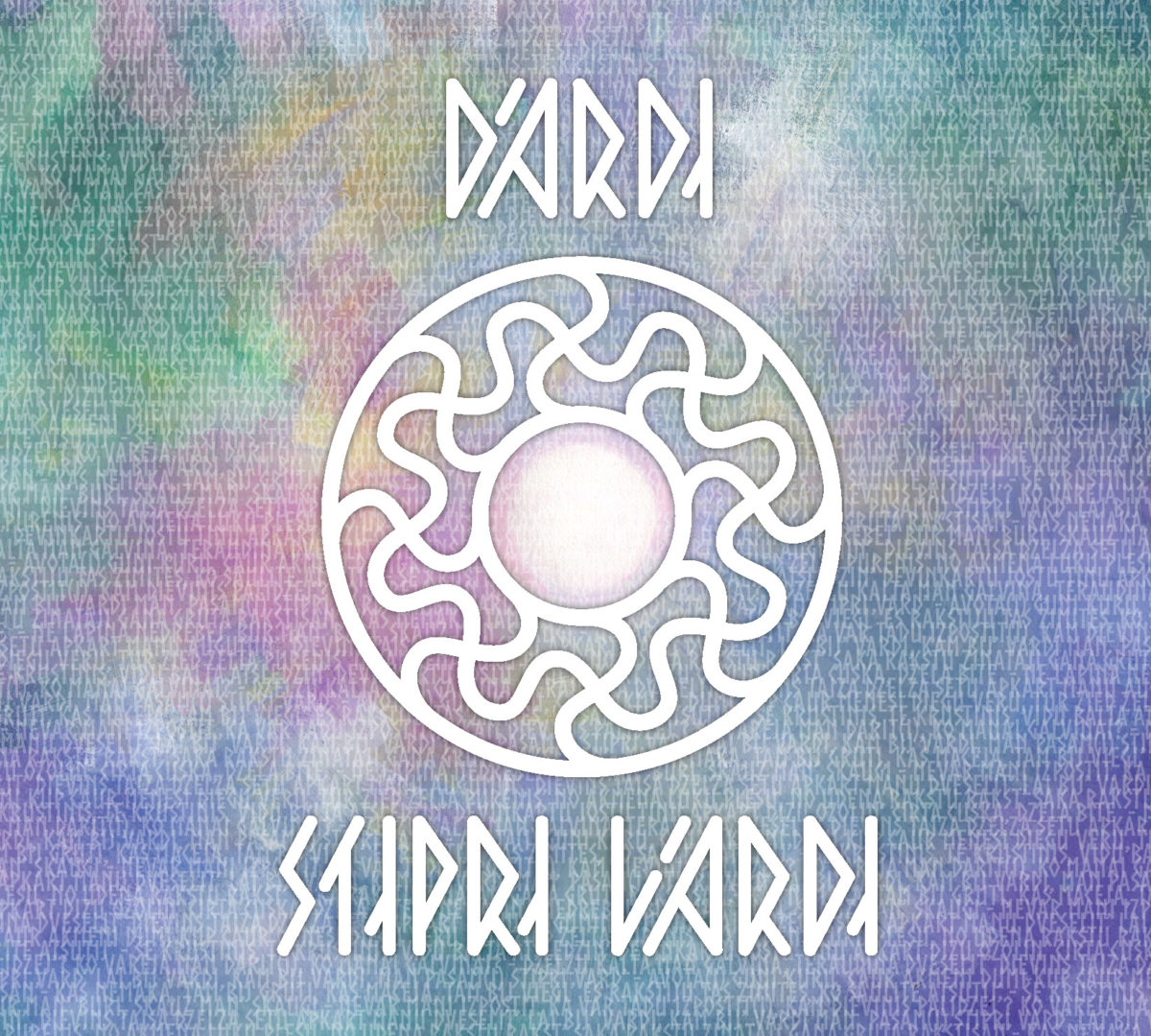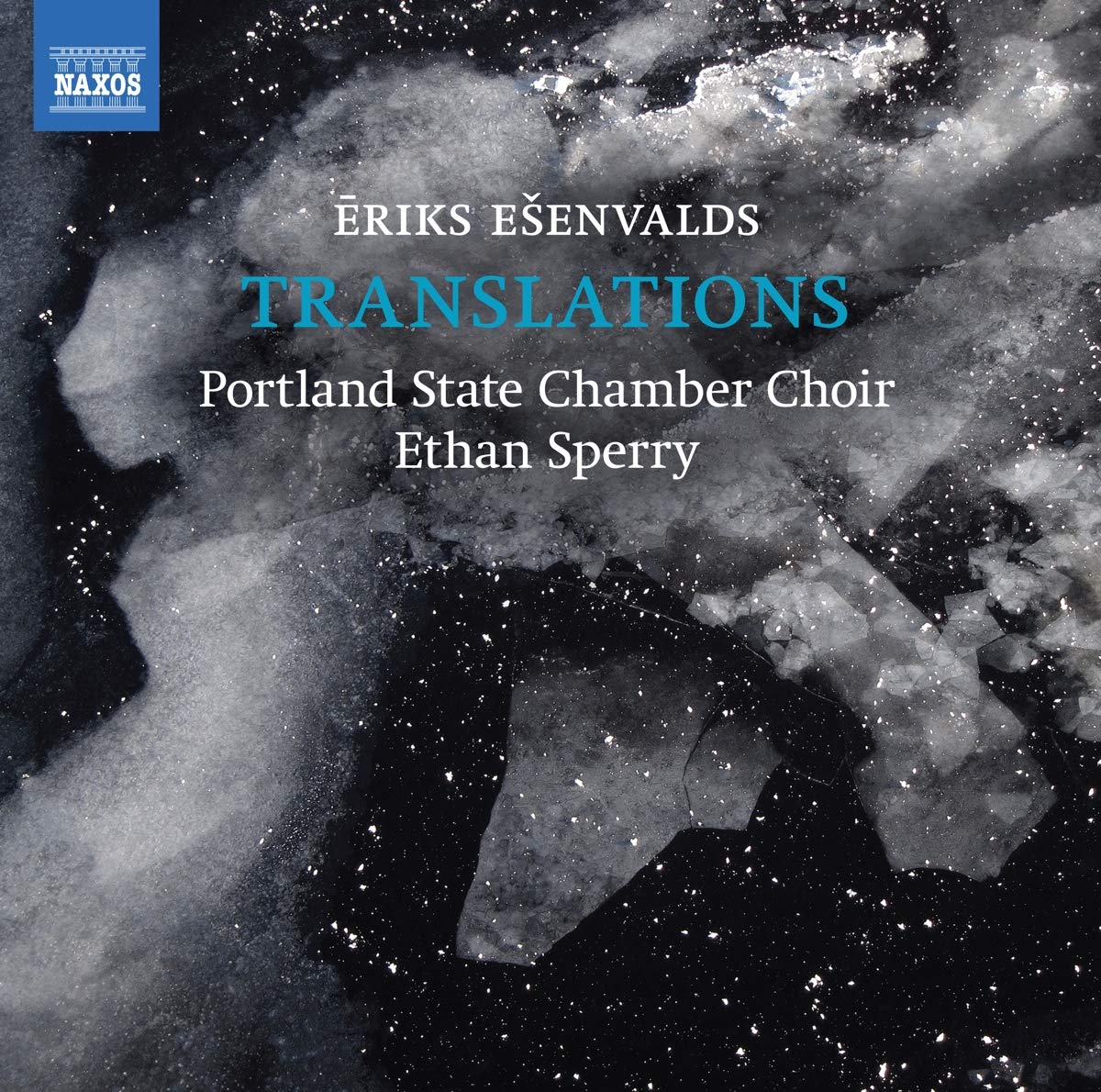The post-folklore group Dārdi, an ensemble of eight musicians that offer both arrangements of Latvian folk songs as well as their own original songs, was formed in 2011, and released their first album – Stipri vārdi – in 2019. The title of the album, which means ‘Powerful words’, is meant to represent the strength that Latvians have found in their folk songs throughout the centuries, especially considering the often unhappy history of the Latvian people and nation. Through all the trials, Latvians kept singing and found strength and solace from their thousands of folk songs.
The word ‘powerful’ does not necessarily have to be interpreted as ‘loud’, or even ‘fast’, many of the songs on the album are actually quite reserved and quiet (though there are plenty of energetic and lively moments), especially considering that the group has eight musicians (of which seven are also vocalists). One example is the sparse arrangement of the song ‘Aiz Daugavas vara dārzi’, which is sung in an almost chanting way, underscored by a rhythmic cello performance.
The Latvian kokle is used to great effect in Dārdi’s performance of the song ‘Rāmi, rāmi’ (or ‘Calmly, calmly’). The repeated word ‘rāmi’ gives this interpretation a meditative atmosphere, as if repeating a mantra.
The percussive ‘Lai bij’ vārdi’, with its rhythmic, precise sound, combines vocal harmonies and percussion to create a hypnotic performance, almost like a song of conjuring. Many of the songs have elements from Latvian pagan mythology, such as ‘Sajāja bramaņi’, a song about a pagan priest ritual. The priests hang swords from a tree, perhaps as a request for a blessing.
The group also perform their own songs, inspired both by Latvian folklore, as well as world cultures. The song ‘Austošās saules dziesma’, with words by band member Aisma Valtera, uses a Native American text as its refrain. The song, which is about finding strength in the rising sun, reveals a deep spirituality and oneness with nature.
The album concludes with the appropriately dreamy ‘Šūpuļdziesma cilvēkam’, another original song with words by Valtera. The lullaby, with its delicate accompaniment of kokle and cello, provides for a lovely conclusion to this collection of songs of strength.
Stipri vārdi by Dārdi proves that there is still much power in ancient Latvian folk songs, power that flows through the songs and their words to the people of Latvia. Though the arrangements are at times sparse and the performances reserved, this brings the words of the folk songs to the forefront, revealing the strength and power behind them.
For more information, please visit the Dārdi Facebook page

Stipri vārdi
Dārdi
Lauska CD091, 2019
Track listing:
- Aiz Daugavas vara dārzi
- Lai bij’ vārdi
- Gauži raud saulīte
- Rāmi, rāmi
- Aiz upītes sētiņā
- Dziedati, meitas
- Sajāj tautas, sarīb zeme
- Tautumeita purvu brida
- Tumsā gāju vakarā
- Sajāja bramaņi
- Divi dienas mežā gāju
- Austošās saules dziesma
- Šūpuļdziesma cilvēkam




